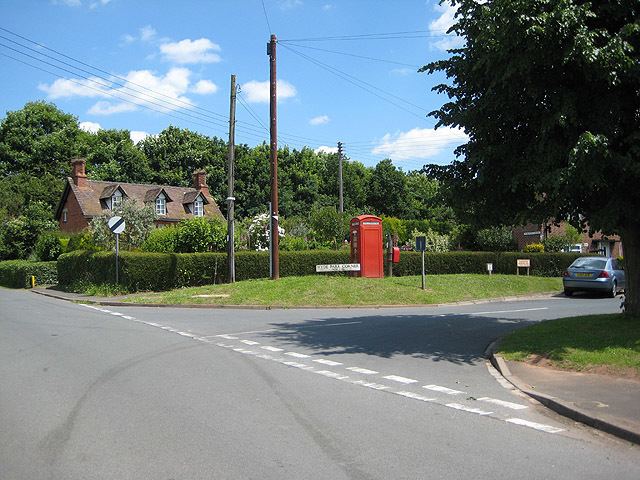Population 756 (2011 Census) Sovereign state United Kingdom Local time Sunday 4:37 PM UK parliament constituency Forest of Dean | OS grid reference SO752314 Dialling code 1.0544077134986225 | |
 | ||
Weather 15°C, Wind E at 24 km/h, 58% Humidity | ||
Redmarley D'Abitot is a civil parish and village in the Forest of Dean district, Gloucestershire, South West England. In addition to the village of Redmarley, the civil parish also includes the settlements of Lowbands, Haw Cross, Playley Green, Kings Green and Durbridge. At the 2001 census the parish had a population of 705, increasing to 756 at the 2011 census.
Contents
- Map of Redmarley DAbitot Gloucester UK
- Governance
- Great Domesday
- Battle of Redmarley
- Name origin
- Famous residents
- Distances from Redmarley
- References
Map of Redmarley D'Abitot, Gloucester, UK
Although now in Gloucestershire, Redmarley was in Worcestershire until 1931.
Governance
The village falls in the 'Redmarley' electoral ward. This ward stretches south to Pauntley. The total ward population taken at the 2011 census was 1,856.
Great Domesday
The King, William the Conqueror, received a report on Redmarley D'Abitot in the Domesday Book of 1086 though it would have been a very small part of his nationwide review of tax assessments. People mentioned include: Aethelric; Alvred; Alweard; Ansgot; Azur; Beorhtric son of Aelfgar; Beorhtwine; Cyneweard daughter of Sigrefr; Dodda; Durand; Ealdraed, etc.
Battle of Redmarley
Redmarley's fields were the site of a battle in 1644 during the Civil War. About 2000 to 3000 troops were involved and Royalist leader General Mynn was killed.
Name origin
The name Redmarley comes from 'woodland clearing with a reedy pond', from the Old English words hrëod and lëah. An alternative cod-derivation has been suggested as from the local red heavy clay or marl. The difficulty with this explanation is that the word marl entered the language many centuries later. D'Abitot is thought to come from Urse d'Abetot, who was Sheriff of Worcestershire and who held the manor in 1086.
Sometimes a circumflex is placed on the 'o' of d'Abitot, but this usage has been criticised. As Eric Smith says: "It is to be regretted that the Gloucestershire County Council placed a circumflex in the signs on the A417. This is emphatically incorrect, both historically and linguistically, Abitot is a word of (Germanic) Anglo-Saxon origin."
